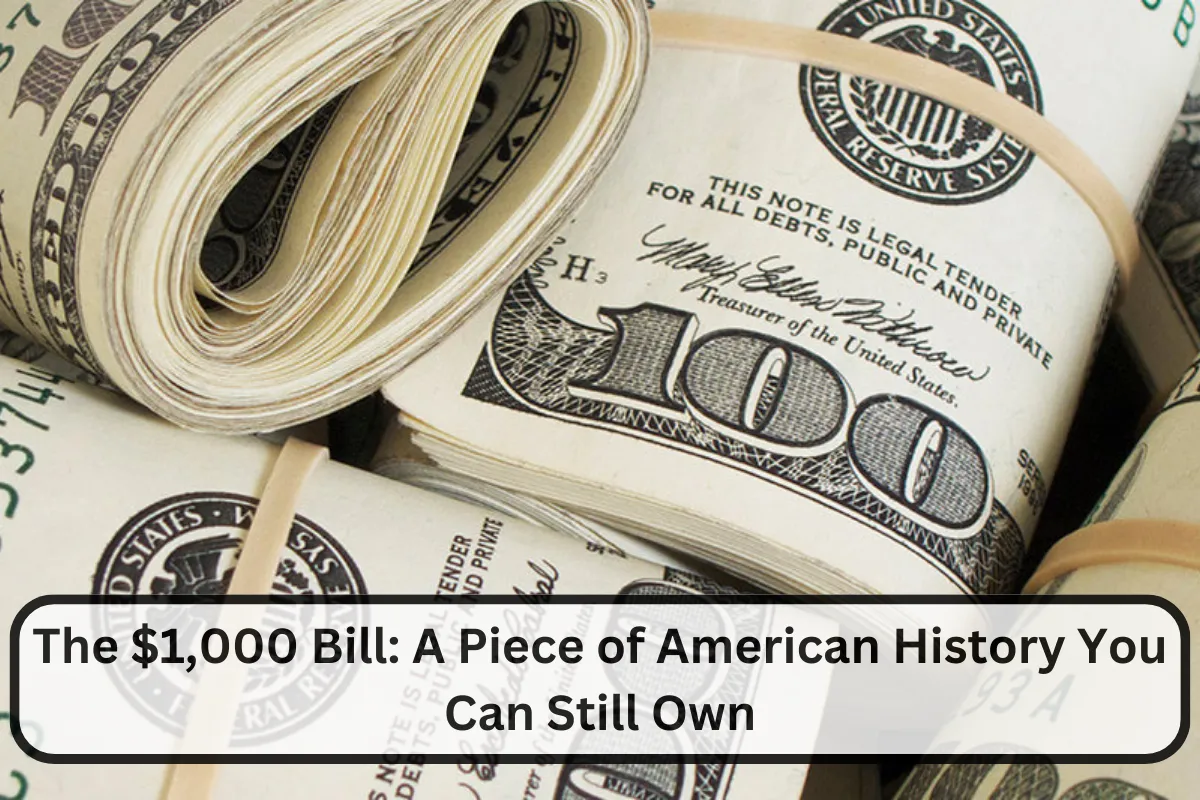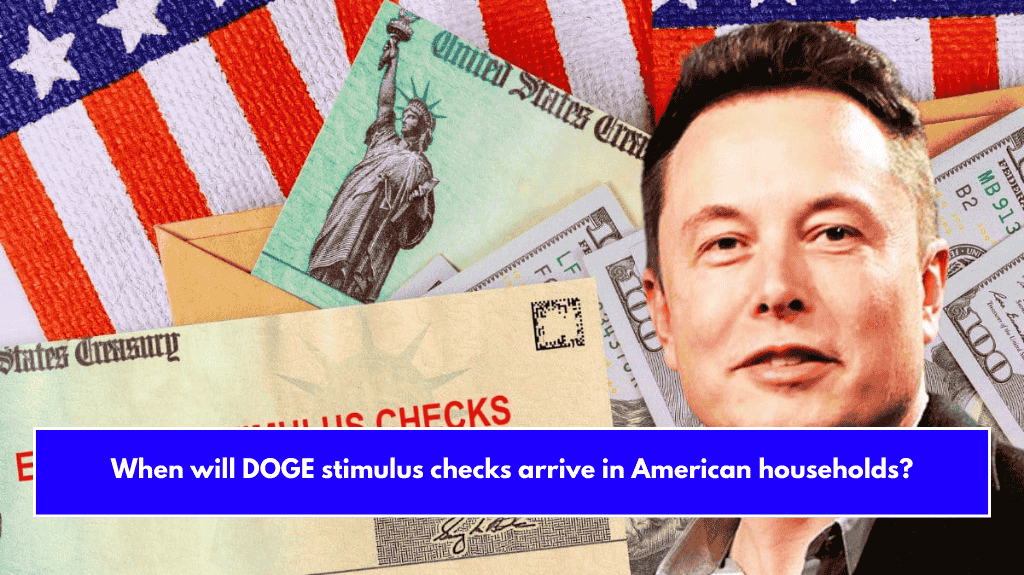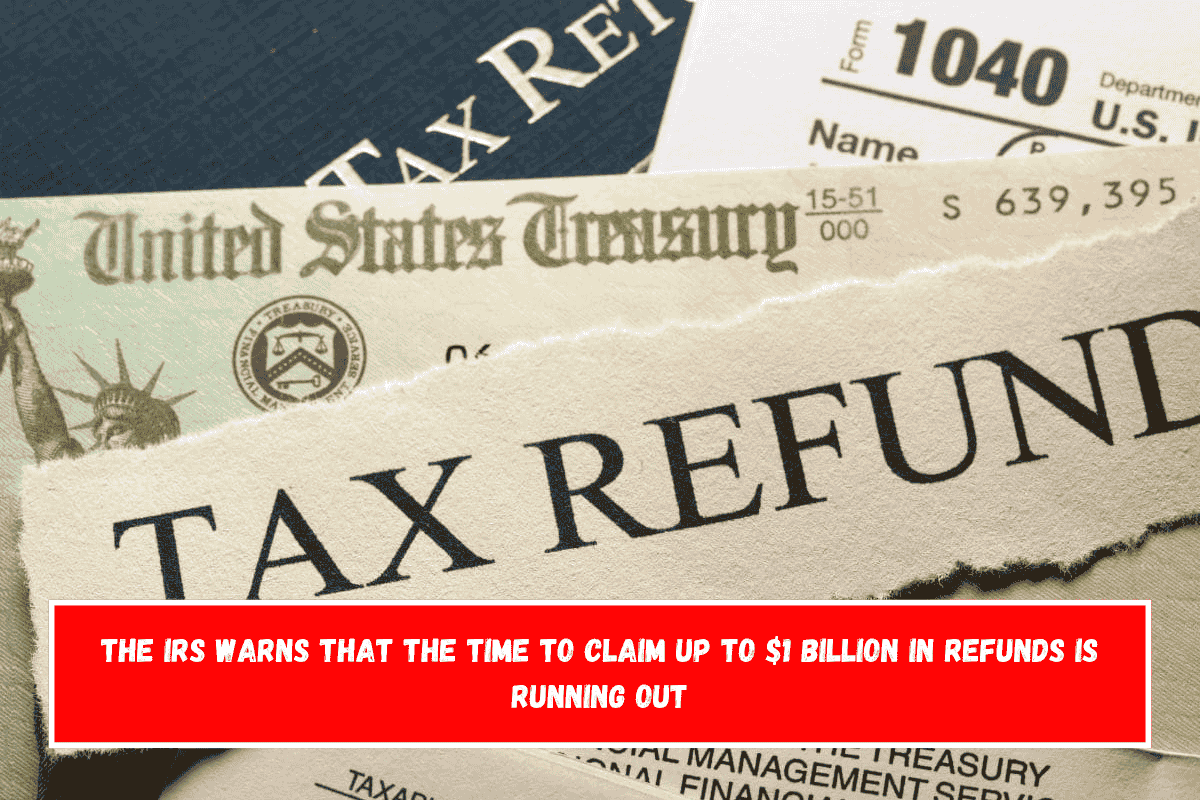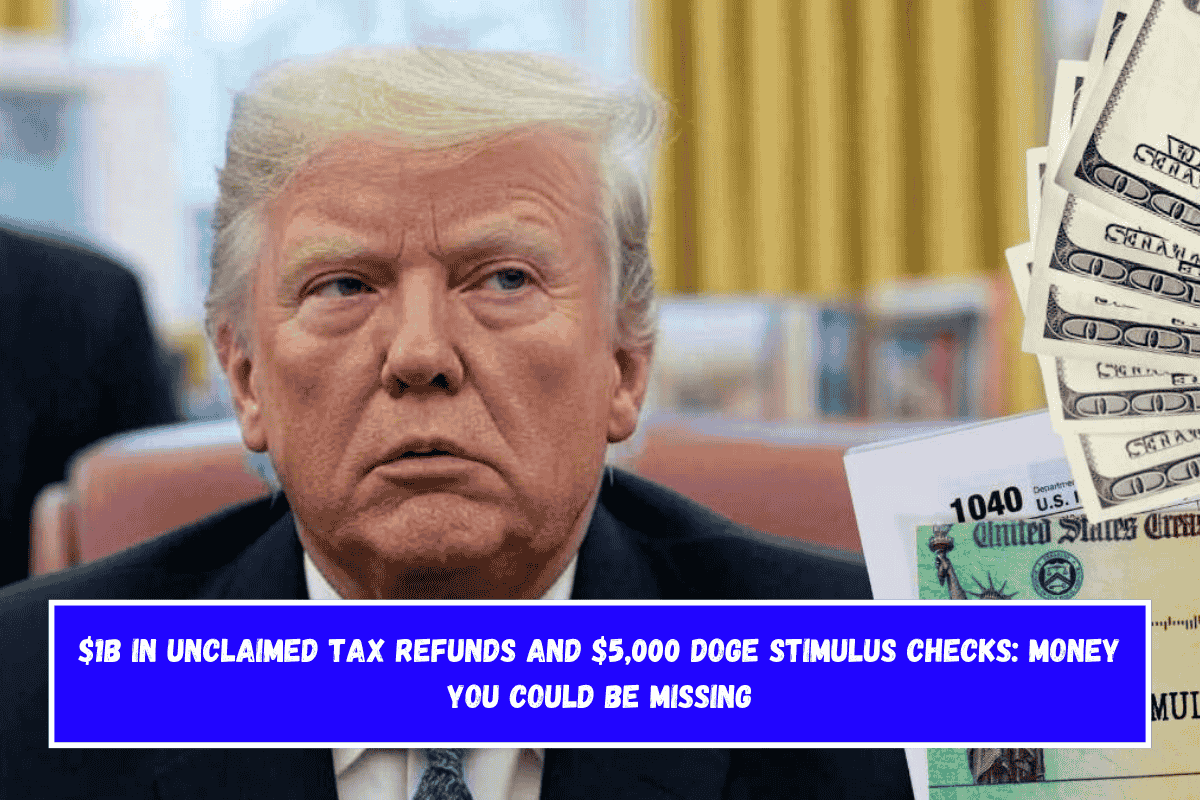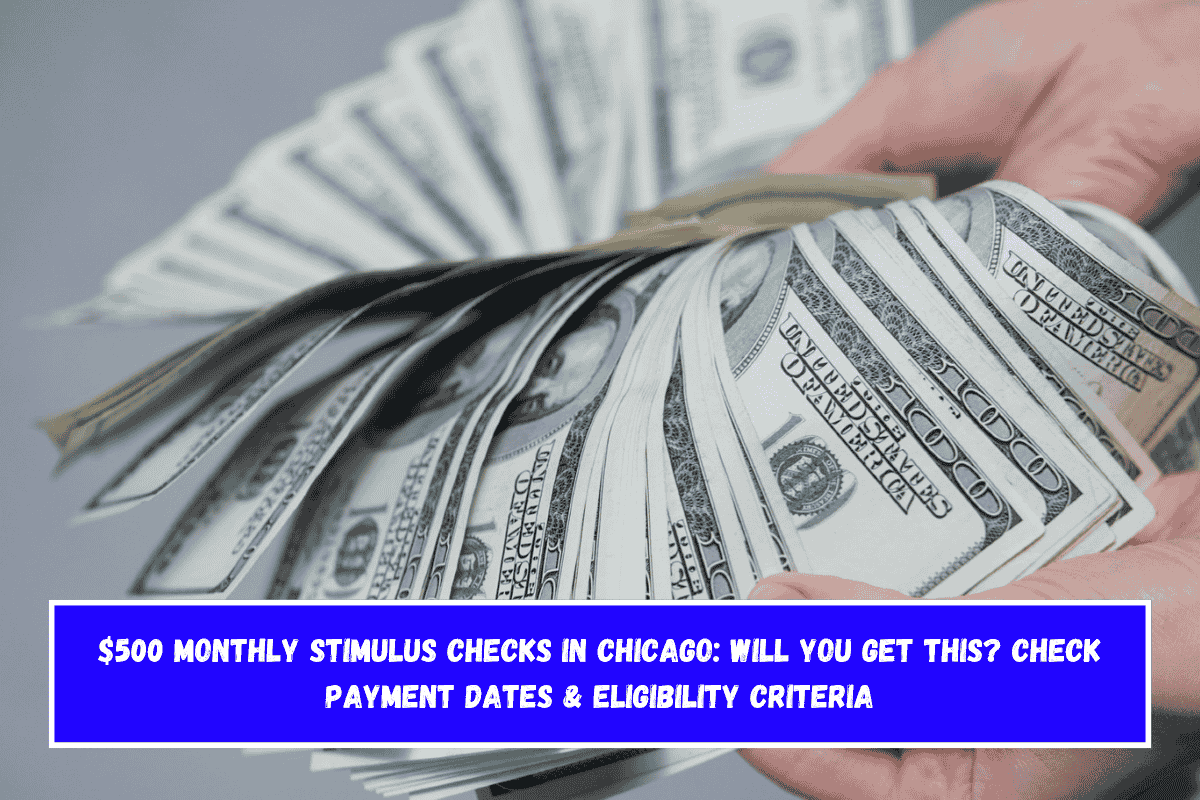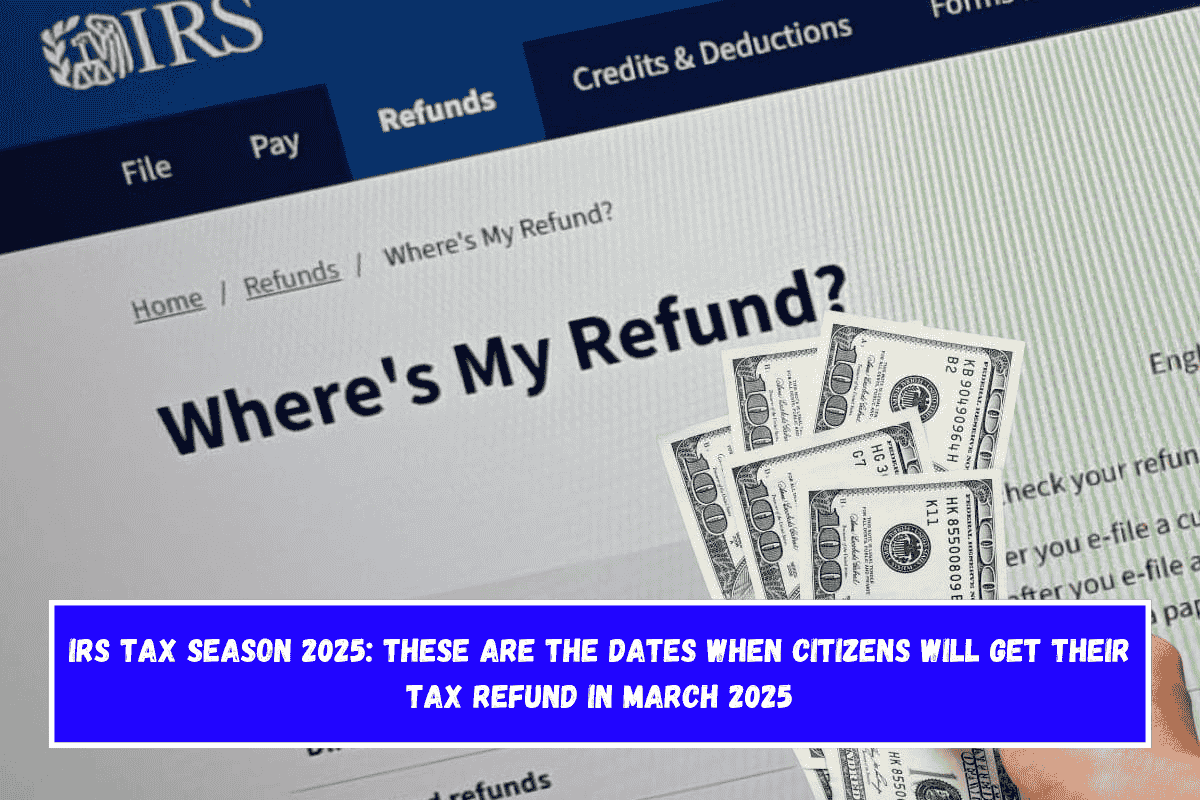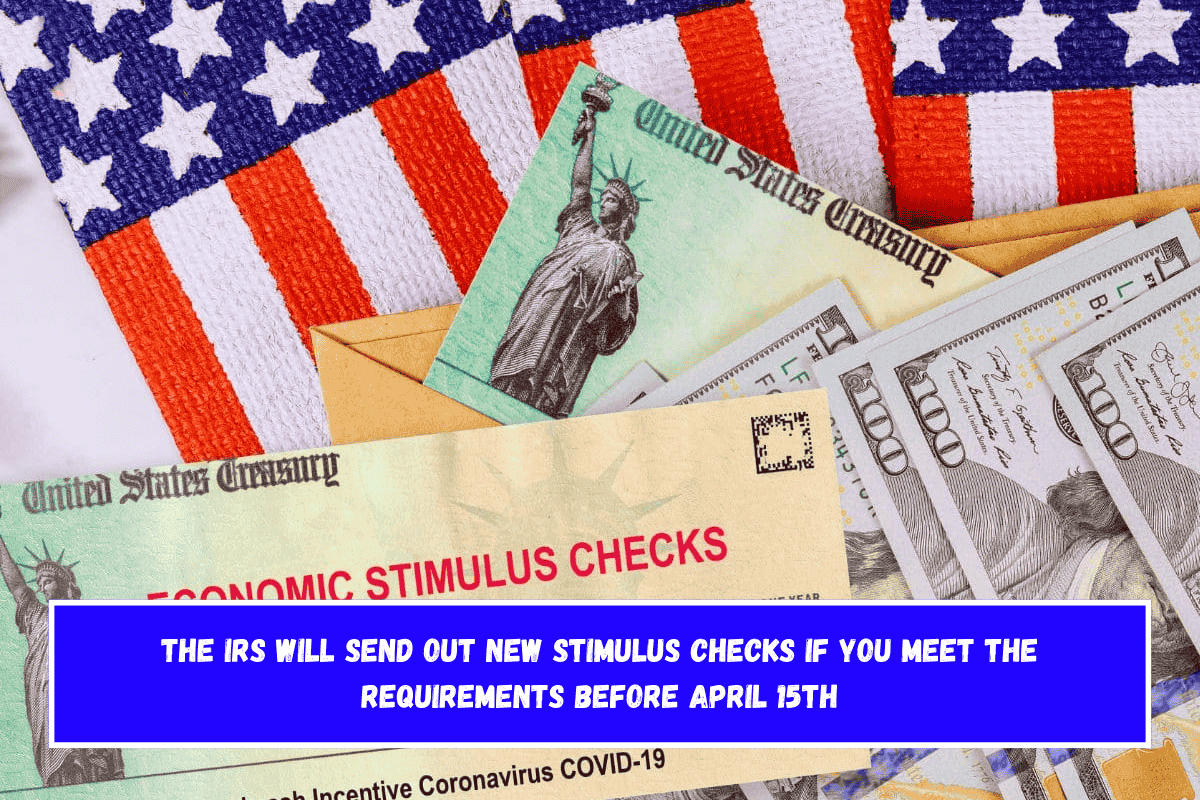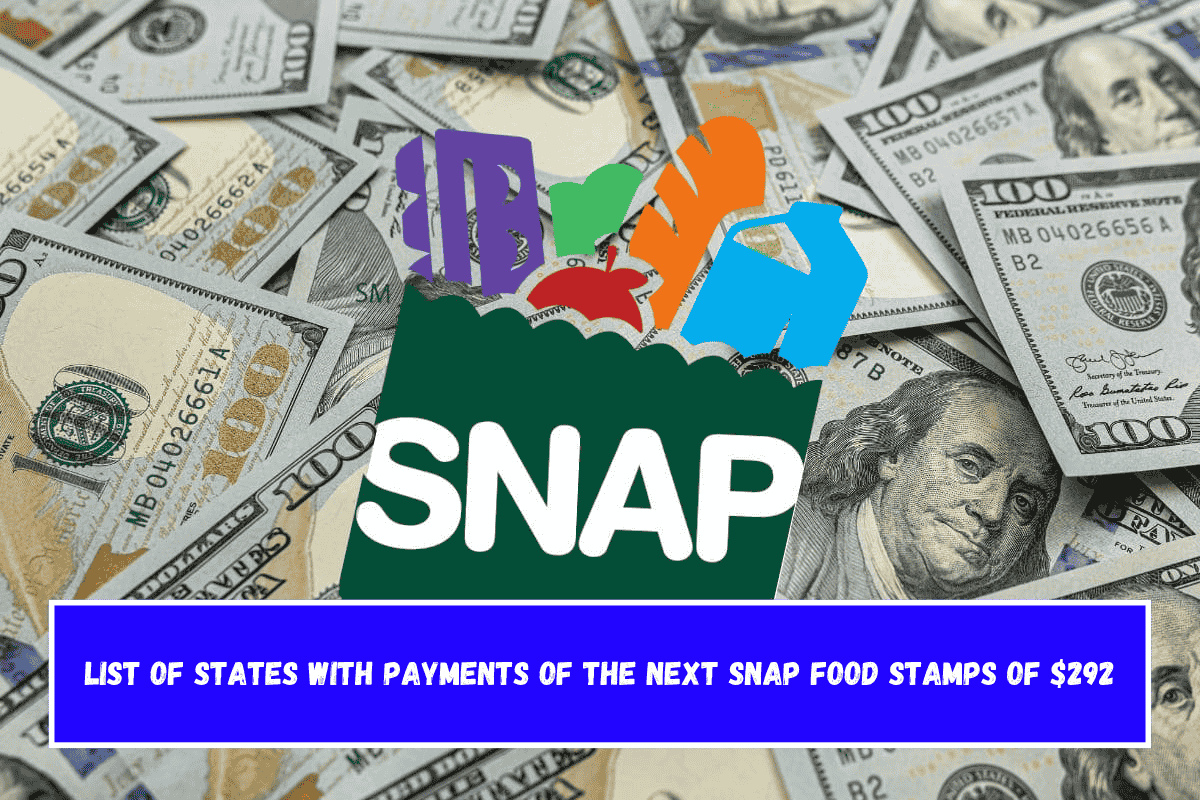The $1,000 bill, which once played a significant role in American finance, is now a part of history.
The U.S. government stopped printing high-denomination bills, such as the $1,000 note, for several reasons,
including the fight against money laundering and the low levels of inflation. Let’s explore the history of the $1,000 bill and why it is no longer in circulation.
History of the $1,000 Bill
The $1,000 bill was first introduced in 1861, during the Civil War.
At the time, it was useful for handling large financial transactions, especially between banks and businesses. Alexander Hamilton, the first Secretary of the Treasury, was featured on the $1,000 bill.
In 1918, a new series of $1,000 bills was printed, and Hamilton’s image remained on them.
However, there were concerns about counterfeit bills, which led to President Grover Cleveland removing them from circulation in 1928. The U.S. government wanted to prevent fraud and protect the economy.
How the $1,000 Bill Was Used
The $1,000 bills were mainly used for transactions between banks or large financial institutions.
They were not commonly used by everyday people. As a result, this bill became a specialized tool for conducting significant financial deals.
The Rarity and Value of the $1,000 Bill
Today, $1,000 bills are considered rare and highly valuable. In 2020, a $1,000 Gold Certificate, featuring Hamilton’s image, was sold at an auction for around $200,000.
This particular bill is famous not only because of its historical value but also because it’s one of the few remaining examples of its kind. The price of these bills can vary depending on their condition and rarity.
Buying a $1,000 Bill
Since the $1,000 bill is no longer printed, the only way to purchase one is through auctions or online platforms. Websites like eBay offer a variety of bills for sale, with prices ranging from $2,900 to $4,800.
The value of a $1,000 bill depends on factors such as its condition, the year it was printed, and its historical significance.
When buying one, it’s essential to ensure that it has a grading certificate to guarantee its authenticity.
The $1,000 bill holds a unique place in U.S. history. Although it is no longer in circulation, it remains a collector’s item with high value, especially for those interested in numismatics.
If you’re considering purchasing one, be sure to check for authenticity and look for a graded certificate to ensure you’re making a good investment.’
Why was the $1,000 bill discontinued?
The U.S. government stopped printing the $1,000 bill to fight money laundering and because of low inflation rates.
When was the $1,000 bill first introduced?
The $1,000 bill was first issued in 1861 during the Civil War.
Who is featured on the $1,000 bill?
Alexander Hamilton, the first Secretary of the Treasury, is featured on the $1,000 bill.
Where can I buy a $1,000 bill?
You can buy a $1,000 bill at auctions or online platforms like eBay.
How much is a $1,000 bill worth today?
Depending on its condition and rarity, a $1,000 bill can be worth between $2,900 to $200,000 or more.

